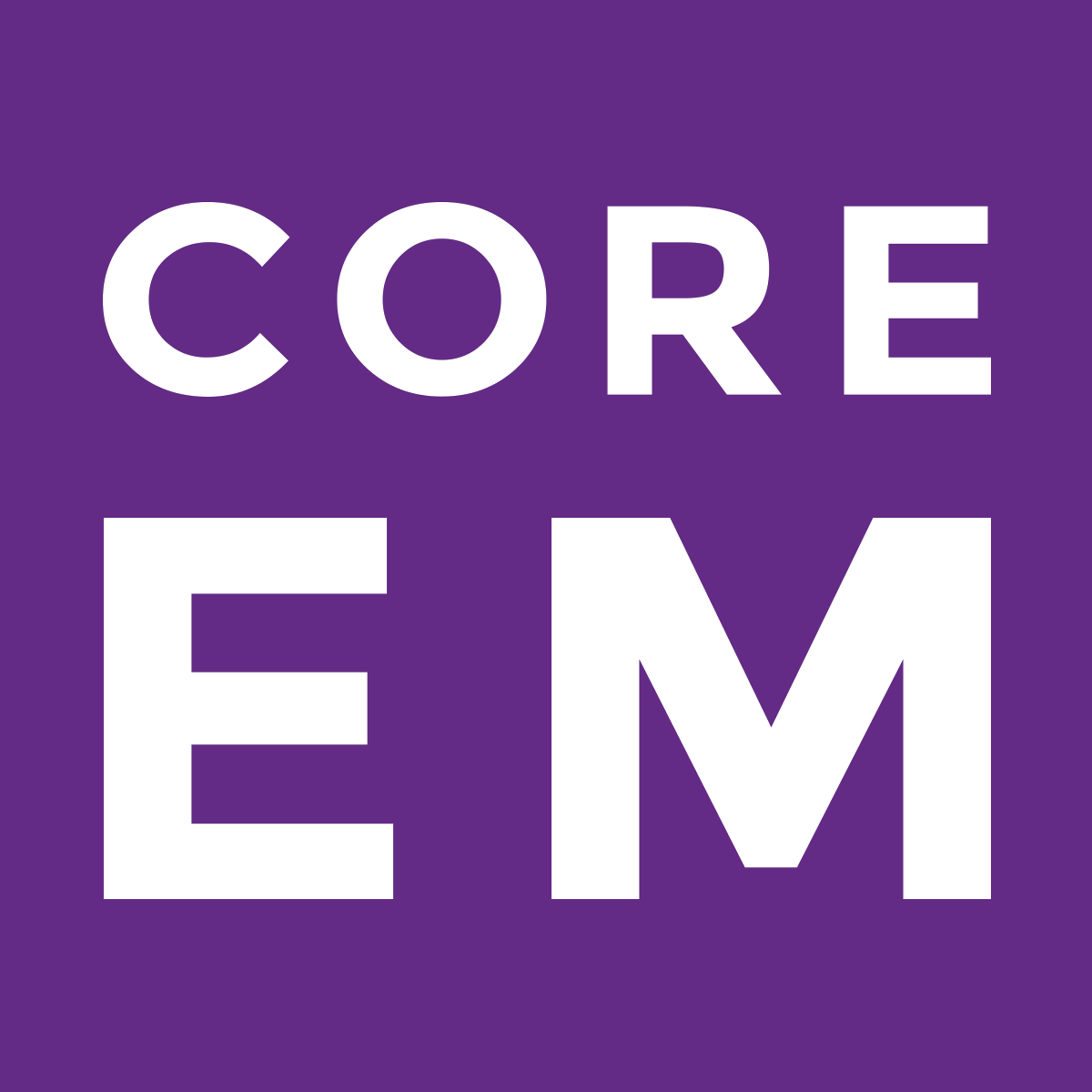
Episode 123.0 – Paracentesis Journal Update

Core EM - Emergency Medicine Podcast
Shownotes Transcript
[
](https://coreem.net/podcast/episode-123-0/) )
This week we dive into a recent journal article questioning whether we should tap all ascites.
[https://media.blubrry.com/coreem/content.blubrry.com/coreem/Episode_123_0_Final_Cut.m4a](https://media.blubrry.com/coreem/content.blubrry.com/coreem/Episode_123_0_Final_Cut.m4a))
Download)
[Leave a Comment](https://coreem.net/podcast/episode-123-0/#comments))
Tags: [Albumin](https://coreem.net/tag/albumin/)), [Cirrhosis](https://coreem.net/tag/cirrhosis/)), [Paracentesis](https://coreem.net/tag/paracentesis/)), [SBP](https://coreem.net/tag/sbp/)), [Spontaneous Bacterial Peritonitis](https://coreem.net/tag/spontaneous-bacterial-peritonitis/))
## Show Notes
Take Home Points
SBP is a difficult diagnosis to make clinically. While patients may have the triad of fever, abdominal pain and increasing ascites, they are far more likely to only have 1 or 2 of these symptoms
In patients admitted to the hospital with ascites, consider performing a diagnostic paracentesis on all patients as limited literature shows an association with decreased mortality and, the procedure is simple and low risk
Once you get the fluid, focus on the cell count: WBC > 500 or PMN > 250 should prompt treatment with a 3rd generation cephalosporin and albumin infusion
Gaetano et al. The benefit of paracentesis on hospitalized adults with cirrhosis and ascites. Journal of Gastroenterology and Hepatology 2016. PMID: 26642977)
Read More
EMRAP: C3 Live Paracentesis Video)
LITFL: Spontaneous Bacterial Peritonitis)
SinaiEM: SBP Pearls)
REBEL EM: Should You Give Albumin in Spontaneous Bacterial Peritonitis (SBP)?)
Approach to the Diagnosis and Treatment of SBP (University of Washington)
